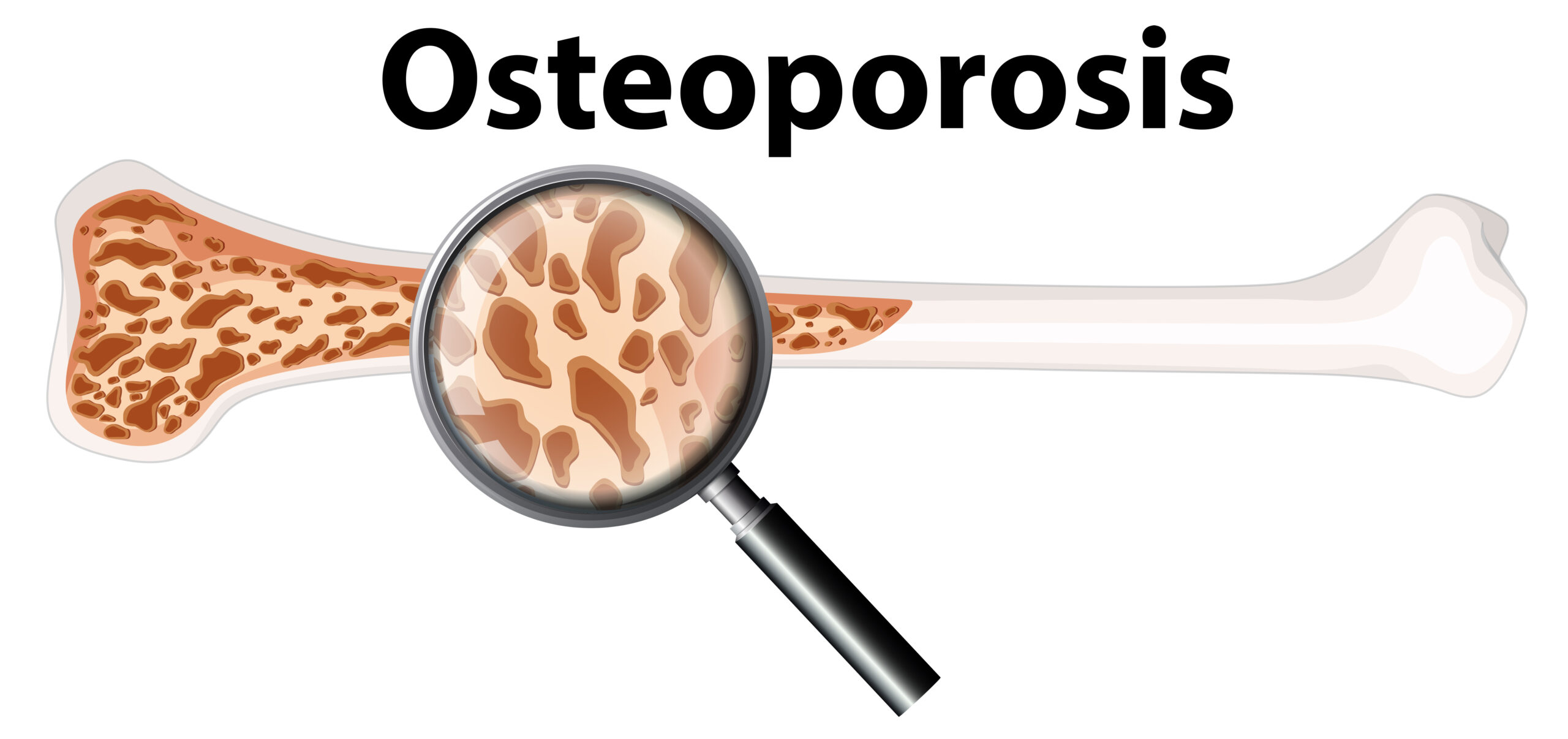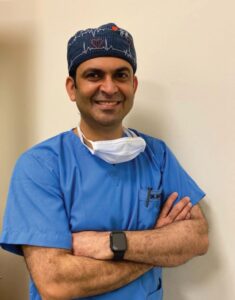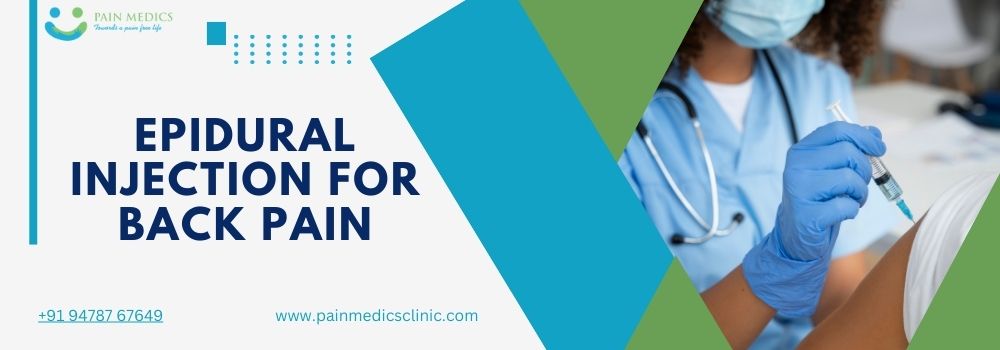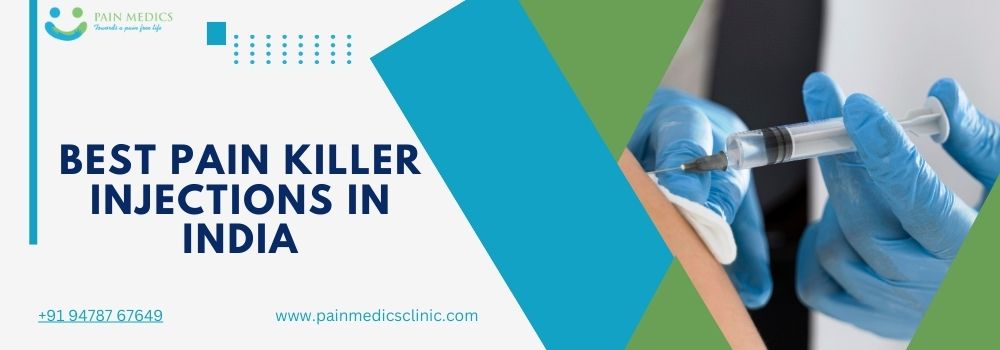Osteoporosis is a bone disease that makes bones weak, brittle, and more likely to break, even from minor falls or bumps. It happens when the body loses too much bone, makes too little bone, or both. Common causes include ageing, hormonal changes, poor calcium intake, and lack of physical activity. Today, lifestyle changes and nutritional deficiencies are causing a rapid increase in osteoporosis cases. According to the International Osteoporosis Foundation, over 200 million people worldwide suffer from this condition, and one in three women over 50 will experience osteoporotic fractures.
In this blog, we will explain everything you need to know about osteoporosis – what it is, major causes, common symptoms to look out for, and most importantly, when to see a doctor. Understanding these points early can help in timely treatment and better bone health.
What is Osteoporosis?
Osteoporosis is a health condition where bones become weak, lose their density, and are more likely to break. It happens when the body loses too much bone or doesn’t make enough new bone. This makes bones weaker over time. Minor activities, as trivial as coughing, sudden jerky movements or falls from a chair or in the bathroom, can result in fractures related to osteoporosis. The most common areas affected by osteoporosis are the hips, spine, and wrists. It mainly affects older adults, especially women, after menopause. Osteoporosis often has no symptoms in the early stages, so many people do not realise they have it until they sustain a fracture.
The risk factors for developing Osteoporosis include female gender, old age, thin and slender persons, and a family history of osteoporosis. White people and Asians have a higher risk compared to Africans. Low levels of estrogen (female sex hormone) after menopause are the single most important risk factor for developing osteoporosis. Certain medicines, like long-term steroid use, anti-epileptic medication and a sedentary lifestyle, also contribute to developing osteoporosis.
Preventing Osteoporosis
- Regular exercises, especially weight-bearing exercises, help in preventing osteoporosis.
- Adequate exposure to the sun, especially in the morning hours.
- Avoiding Smoking and Alcohol.
- A healthy and nutritious diet.
- Taking your medication and supplements on time, when prescribed.
What Are The Causes Of Osteoporosis?
Ageing – As people grow older, bones naturally lose density and become weaker.
Hormonal Changes – Menopause in women reduces estrogen, a hormone that protects bones. Low testosterone in men also leads to bone loss.
Poor Nutrition – Lack of calcium, vitamin D, and protein weakens bones over time.
Sedentary Lifestyle – Lack of physical activity or exercise, especially weight-bearing exercises, reduces bone strength.
Smoking – Nicotine harms bone cells and reduces bone-building ability.
Excessive Alcohol Consumption – Too much alcohol affects bone formation and increases fall risk.
Family History – Having a parent or sibling with osteoporosis increases your chances.
Low Body Weight or Small Frame – Thinner individuals have less bone mass to draw from as they age.
Medical Conditions – Conditions like rheumatoid arthritis, diabetes, hyperthyroidism, celiac disease, kidney or liver diseases, and eating disorders can lead to bone loss.
Medications – Long-term use of steroids (like prednisone), anticonvulsants, proton pump inhibitors, and some cancer treatments can weaken bones.
Low Estrogen/Testosterone Levels – Can occur due to early menopause, certain surgeries (like ovary removal), or hormonal disorders.
Lack of Sunlight Exposure – Reduces vitamin D production, which is vital for absorbing calcium.
High Caffeine or Salt Intake – May increase calcium loss from bones through urine.
Bariatric Surgery or Gastrointestinal Issues – These can reduce nutrient absorption, especially calcium and vitamin D.
What Are The Symptoms Of Osteoporosis?
Osteoporosis is often called a “silent disease” because it doesn’t show symptoms in the early stages. But as bones become weaker, some signs may appear. Here are the common symptoms:
- Back pain caused by a fractured or collapsed spine
- Loss of height over time
- A stooped or hunched posture
- Bones that break easily, even from a minor fall or bump
- Neck pain or bone tenderness
- Weak grip strength
- Difficulty standing or walking for long periods
- Shortness of breath due to reduced lung space from a curved spine
When To See A Doctor?
You should see a doctor if you:
- Have frequent bone fractures or breaks from minor accidents
- Notice loss of height or a stooped back
- Feel back or neck pain without any injury
- Have a family history of osteoporosis
- Are postmenopausal or over 50 with risk factors (like smoking, low calcium, or lack of exercise)
- Experience sudden weakness or poor balance
- Take medications that affect bone health (like steroids)
- Diffuse and unexplained pains in elderly patients are often a result of reduced bone density and strength. These individuals experience significant relief when treatment for osteoporosis is provided to them.
Early diagnosis can prevent serious fractures. If you are unsure but have any of these signs or risks, it is best to talk to your doctor for a bone density test and proper advice.
Treatment Options for Osteoporosis
1. Bisphosphonates
Bisphosphonates are the most commonly prescribed drugs for osteoporosis. They work by inhibiting bone resorption, which slows down bone loss and improves bone mineral density.
Common Medications:
- Alendronate
- Risedronate
- Ibandronate
- Zoledronic acid
2. Denosumab
Denosumab is a monoclonal antibody that inhibits RANKL, a key factor in bone resorption. It reduces osteoclast activity, thereby decreasing bone loss and increasing bone strength.
3. Parathyroid Hormone Analogues (Anabolic Agents)
These medications stimulate new bone formation, unlike antiresorptive drugs that prevent bone breakdown.
- Teriparatide
- Abaloparatide
4. Calcitonin
Calcitonin is a hormone that helps regulate calcium and bone metabolism. It’s less commonly used now due to limited effectiveness compared to other options. It is usually available in a Nasal spray or injection
5. Calcium and Vitamin D Supplements
These are foundational in all osteoporosis treatment plans, as they help maintain basic bone health and support the action of other medications.
Get The Best Treatment For Osteoporosis In Chandigarh – Pain Medics Clinic
Once the diagnosis of osteoporosis is established, we evaluate and discuss various treatment options from above with the patients and their families and formulate a long-term plan. Choosing the right medication is the key to halting and reversing the pathology.
Furthermore, patient education in the form of lifestyle modification, fall prevention and bone strengthening is taught to the patients to avoid/prevent any fractures.
Contact Us
Experience the best treatment for osteoporosis at Pain Medics Clinic. Visit us at SCO 212, Sector 40 D, Chandigarh, or call us at +91 94787 67649 to schedule an appointment. Let us help you lead a pain-free life.










